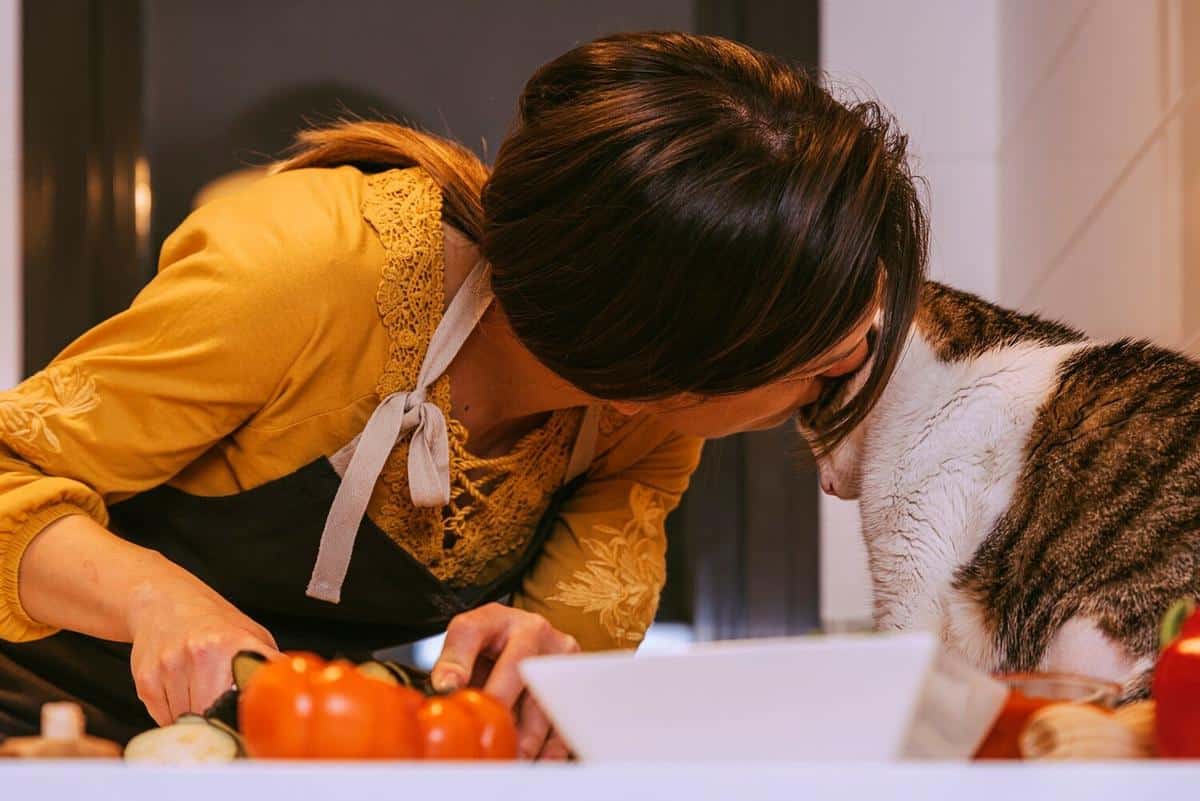
How to Create a Homemade Diet Plan for Your Cat
Crafting a homemade diet plan for your feline friend can be a rewarding way to ensure they receive balanced nutrition tailored to their specific needs. With the right approach and understanding, you can create a diet that supports your cat’s health and wellbeing.
Understanding Your Cat’s Nutritional Needs
Cats are obligate carnivores, which means their diet must primarily consist of meat. Unlike dogs, cats require certain nutrients that are found only in animal tissue. According to research, proteins, fats, and a small amount of carbohydrates are essential for maintaining a cat’s health. A study by the Association of American Feed Control Officials (AAFCO) highlights the importance of taurine, an amino acid found in meat, crucial for heart and eye health in cats.
Consulting the Experts
Veterinarian Dr. Karen Becker emphasizes the importance of consulting with a vet before making any changes to your pet’s diet. “Cats have very specific dietary requirements that must be met,” she notes. Your vet can provide guidance on portion sizes and essential nutrients your cat needs.
Planning Your Cat’s Diet
- Protein Sources: Chicken, turkey, and fish are excellent protein sources. Ensure these are cooked properly to avoid any health issues.
- Fats: Essential for energy, fat can be sourced from fish oils or chicken fat.
- Vitamins and Minerals: Include a variety of organ meats, such as liver, to meet vitamin A needs, and provide calcium through bone meal or supplements.
Here is a simple table to help you plan your cat’s weekly diet:
| Day | Protein Source | Fat Source | Vitamins |
|---|---|---|---|
| Monday | Chicken | Fish Oil | Liver |
| Tuesday | Turkey | Chicken Fat | Carrot (small amount) |
| Wednesday | Fish | Fish Oil | Spinach |
| Thursday | Chicken | Fish Oil | Liver |
| Friday | Turkey | Chicken Fat | Carrot (small amount) |
| Saturday | Fish | Fish Oil | Spinach |
| Sunday | Chicken | Fish Oil | Liver |
Always introduce new foods gradually to monitor your cat’s reaction and avoid digestive issues.
Personalizing the Diet
Consider your cat’s age, weight, and activity level when tailoring their diet. For instance, older cats may require fewer calories, while kittens will need more nutrients to support their growth.
Monitoring and Adjusting
Regularly monitor your cat’s health and weight. If you notice any changes in their coat, energy levels, or weight, consult your vet to adjust their diet accordingly.
Frequently Asked Questions
What are the risks of a homemade diet?
Without proper planning, there’s a risk of nutrient deficiencies. Always consult with a veterinarian.
Can I feed my cat raw food?
Raw food diets are controversial. Consult your vet to weigh the benefits and risks specific to your cat.
Conclusion
Creating a homemade diet plan for your cat is a thoughtful way to cater to their nutritional needs. By understanding their dietary requirements, consulting with experts, and carefully planning their meals, you can support your cat’s health and happiness. Remember, a balanced diet is key to a long and healthy life for your feline friend.


